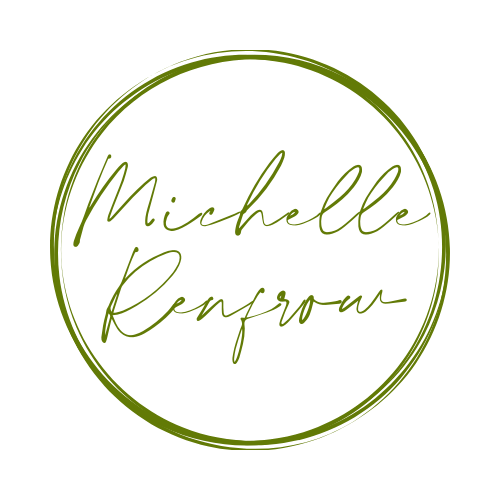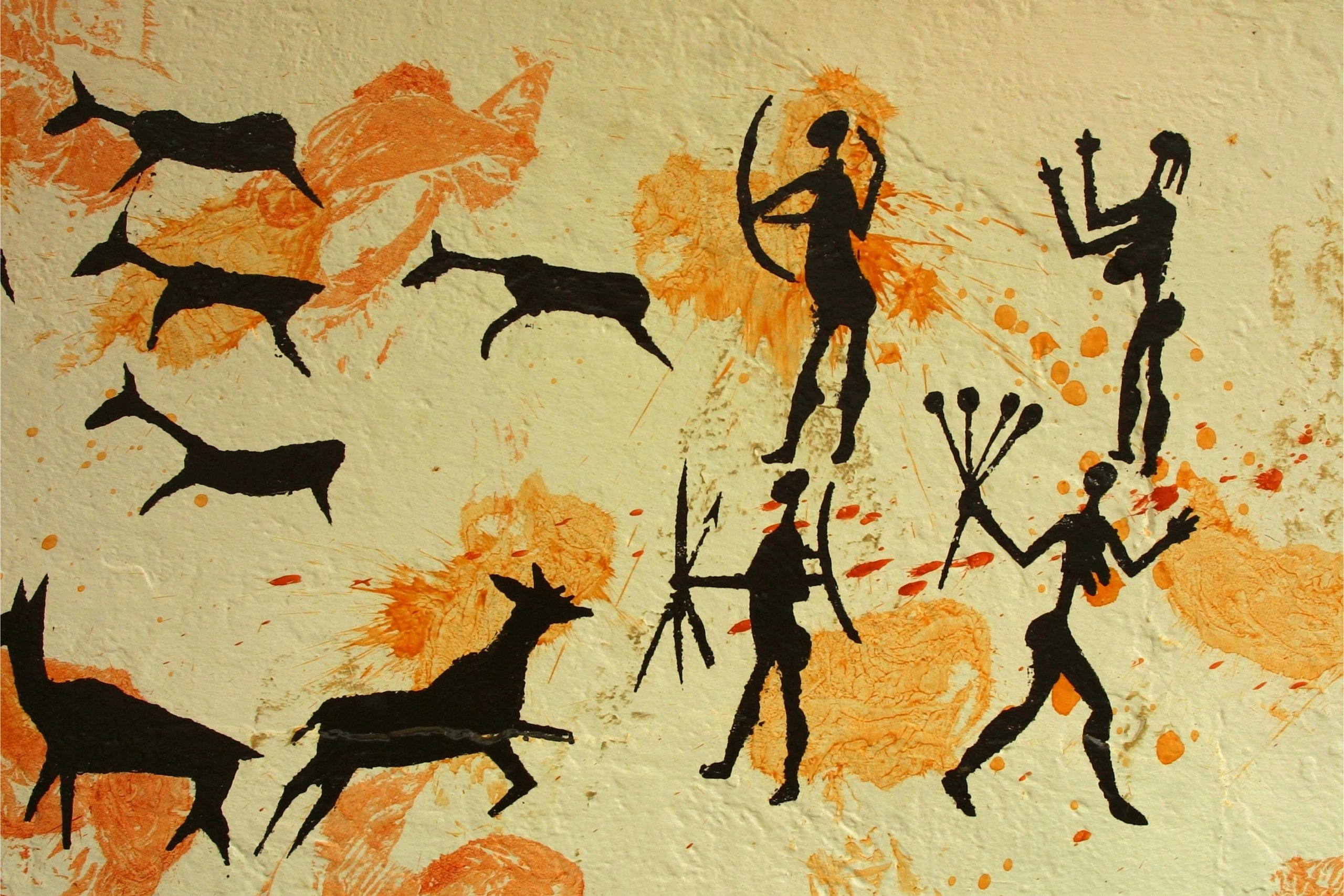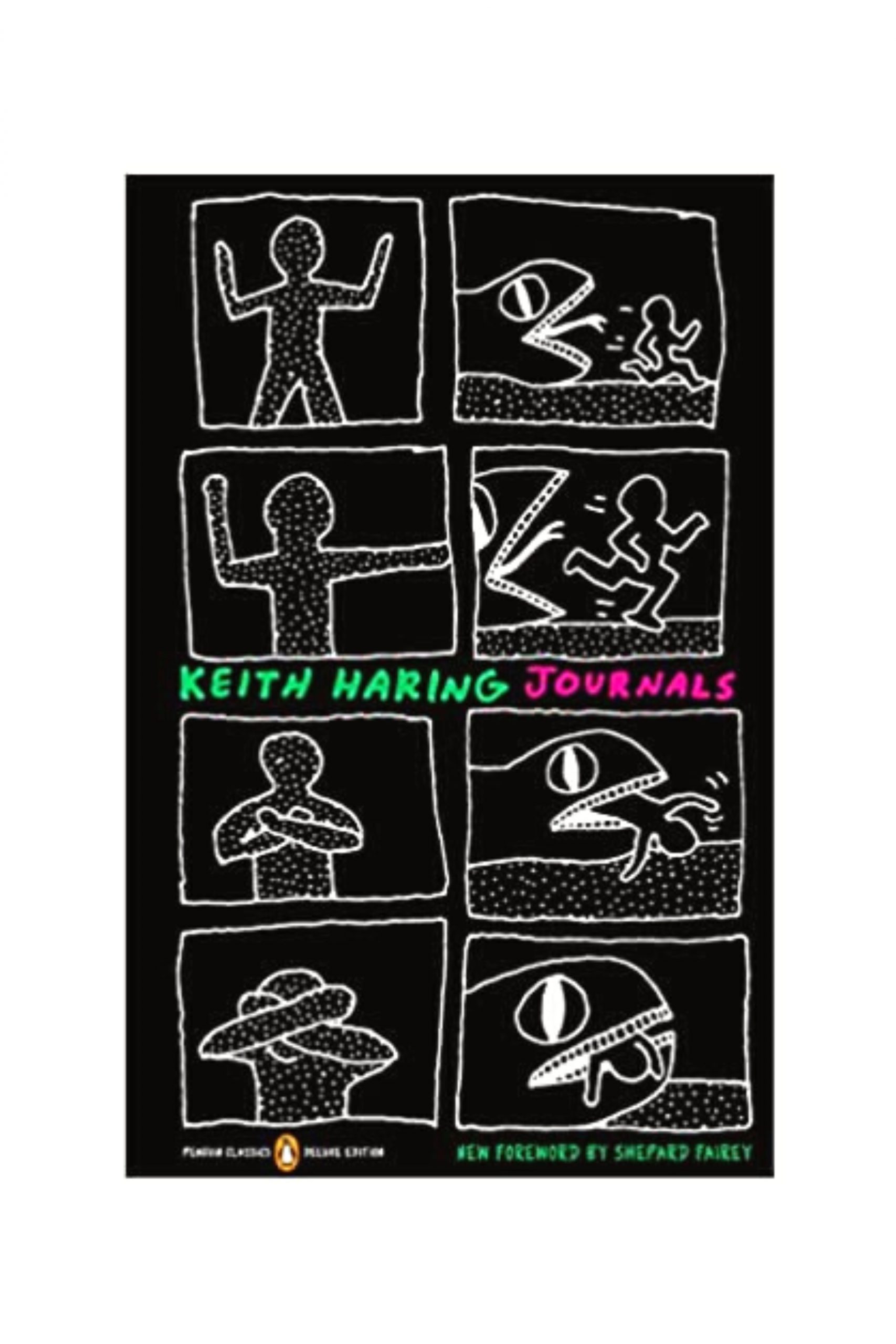
What is a visual journal you ask? Some of the earliest forms of art like cave drawings, called Petroglyphs, are, in fact, visual journals. They depict daily life, struggles, battles, the fight to live, hunting etc…
Compare that today and if you look at my social media feeds you see images of my daily life, my struggles, food I like to eat and other daily documentation.
My personal journal looks quite the same. And it wouldn’t be my journal if it didn’t have some bling or other artistic additions to it.
They can be made with anything and everything
If you are a recovering scrapbook-a-holic. A visual journal shouldn’t be too hard to accomplish if you have kept all of your leftover supplies just like I have! LOL Visual journals can be as easy as buying a blank Journal that is lined or unlined
or a mixture of the two and writing, drawing, painting, using stickers and other Embellishments to describe your life. You can do one page per day, you can just journal each day until you’re finished (i.e. write until your fingers cannot anymore) and you have nothing else to say or you can set predated pages and fill them in as you go.
Use all of those scrapbook materials like washi tape and stamps and gel pens and stickers that are relevant to the content of what you’re writing each day or possibly relevant to the weather, or relevant to the time of year. Maybe you have a lot of holiday stickers and embellishments left over that you can use to decorate the pages that have to do with Hanukkah or Easter or Diwali.
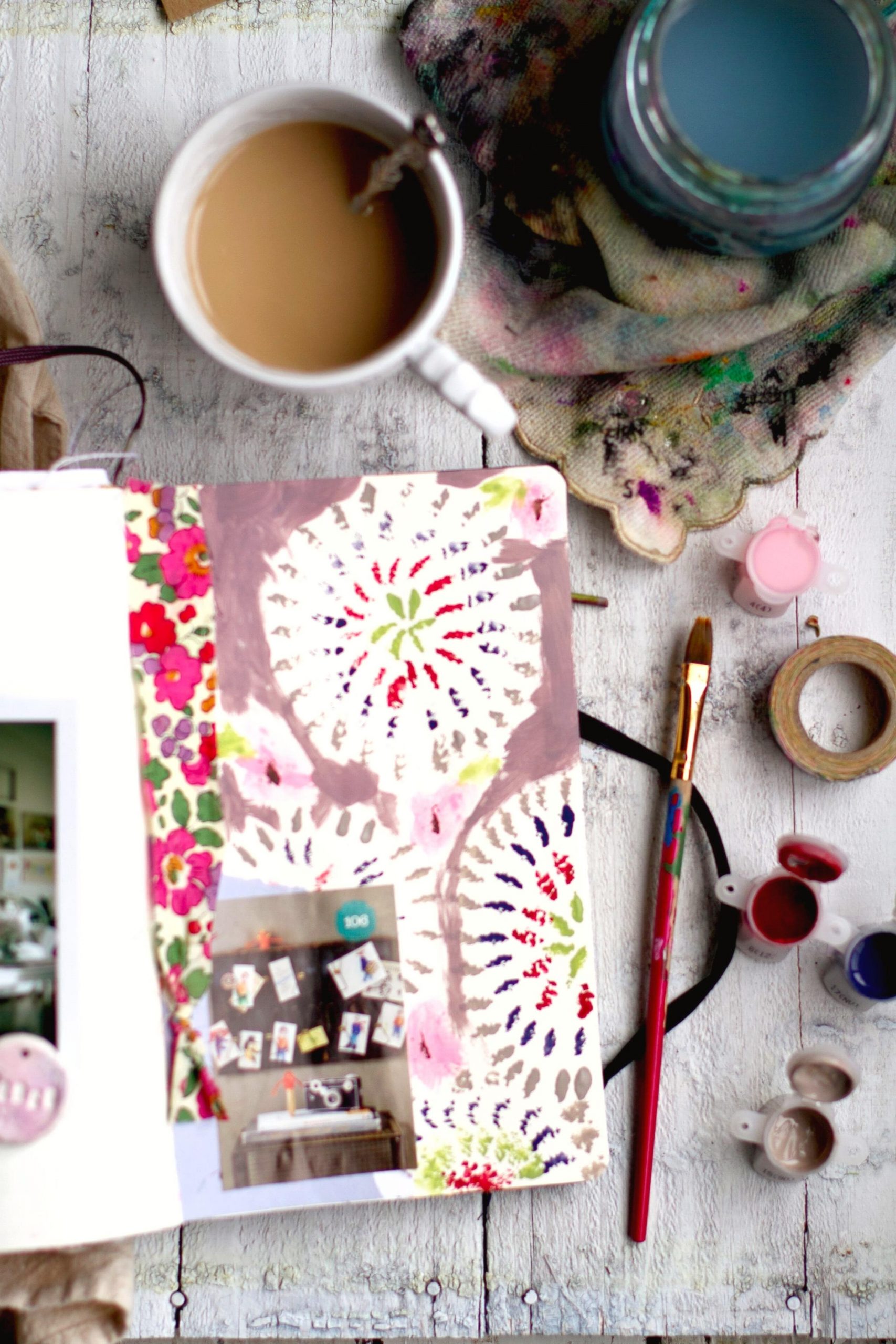
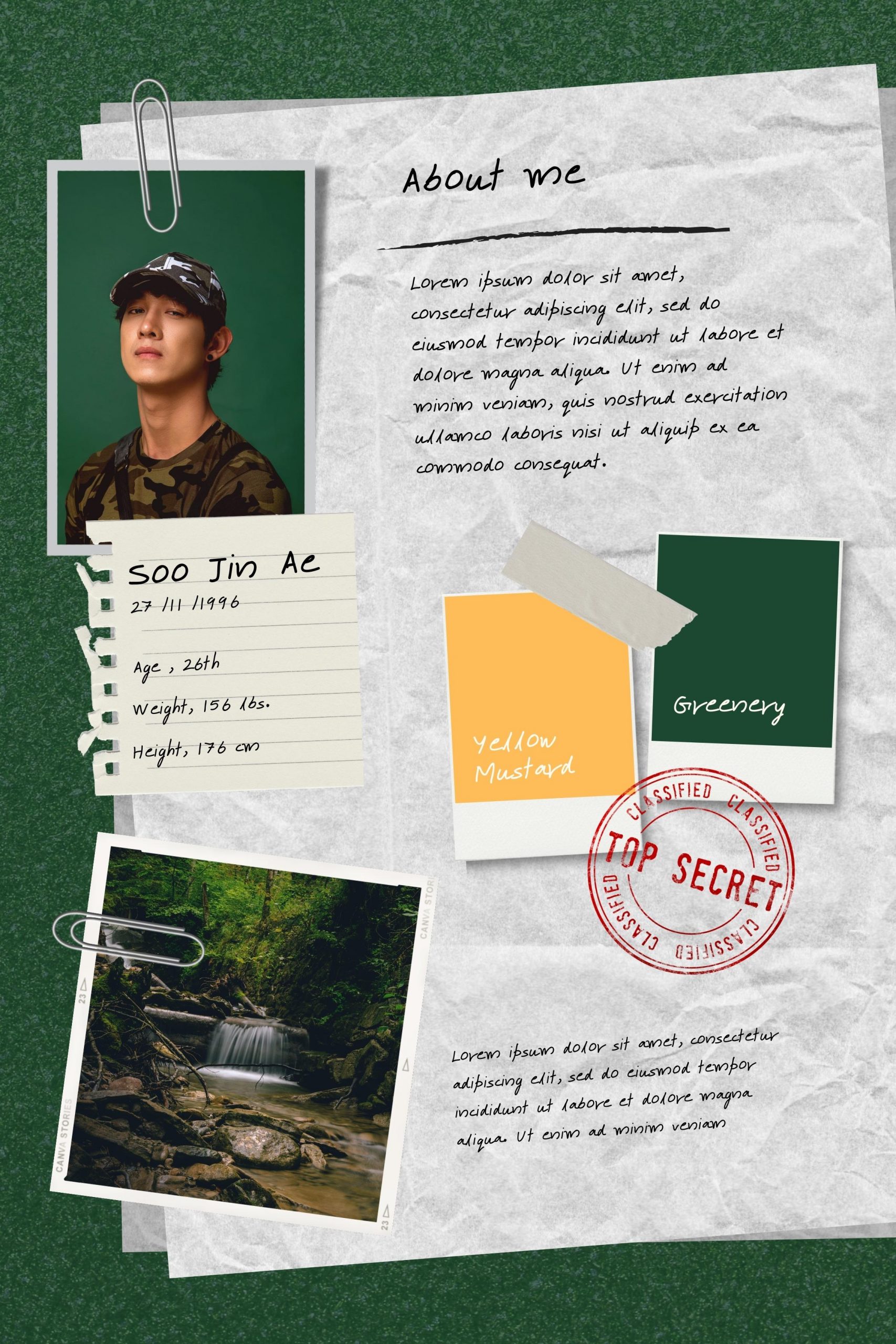
I know people who work in their journals every day. They either pick one item that spoke to them during their day and write about it while embellishing the page.
This particular friend of mine uses watercolor paint and pencils to sketch and then paint the visual of what it was that pertained to her day.
There is a page I follow on Insta that gives you daily challenges for drawing or writing. You can use a prompt generator on the internet if you ever get stuck as well.
You can literally go to this website click The generate topic! button and you’re all set!
Here is what they say, “Want to start a personal blog or journal but having trouble thinking what to write about?”
They can be personal, helpful, expressive and easier than you think
Keeping a personal blog or journal is a great way to collect your thoughts and keep your mind sharp. Writing down your thoughts not only helps you create content, but it keeps your mind racing with creativity. It will also help you think more clearly in your everyday life if you let all your stray thoughts loose on the paper (or keyboard).
This generator is designed to give you a topic to write about in your journal or blog if you’re struggling to think what to write about. Use it wisely! For some suggestions on which notebooks to use, see our guide to journaling here.
Instructions: Hit the button until you’re satisfied with the subject. If you really want to test yourself then write about the first result that comes up before hitting the button again.”
I DARE you to write about the first prompt you get. See where it takes you. It helps get you out of your comfort zone and into new spaces. I like the one that they have for a doodle a day as well. If you like to draw, color or paint with your journaling this may be fun too. Here is one site that posts one thing each day to doodle.
Today it was “nail polish”. I might paint a bottle. I might actually paint my favorite color on my page. I might then write about what getting a pedicure is for me. I might journal about a time I got one and the funny/creepy/weird story that comes from it. Lots of options for where it can go.
Learning About the Visual Journal of the Famous and Artistic
Step aside Robin Leach, we have visual journals not yachts and mcmansions. Lol Check out the visual journals of artists like Leonardo Da Vinci, Van Gogh, Keith Haring, Munter and Vassily Kandinsky journals. Some are musings of their artistic ideas, some are observations about travels or life in general.
Let’s start with Leonardo DaVinci Wikipedia writes, “Leonardo di ser Piero da Vinci (15 April 1452 – 2 May 1519) was an Italian polymath of the High Renaissance who was active as a painter, draftsman, engineer, scientist, theorist, sculptor, and architect” He was a “renaissance man” he did it all. And there is NO way he could keep all his thoughts inside his head in an organized fashion. So of course he turned to journals. But as you can guess, he couldn’t just stop at writing, he had to draw his ideas, bring them to life on the page. He was able to fill tons and tons of journals.
Wikipedia goes on to say, “ Leonardo’s notes and drawings display an enormous range of interests and preoccupations, some as mundane as lists of groceries and people who owed him money and some as intriguing as designs for wings and shoes for walking on water. There are compositions for paintings, studies of details and drapery, studies of faces and emotions, of animals, babies, dissections, plant studies, rock formations, whirlpools, war machines, flying machines and architecture.”
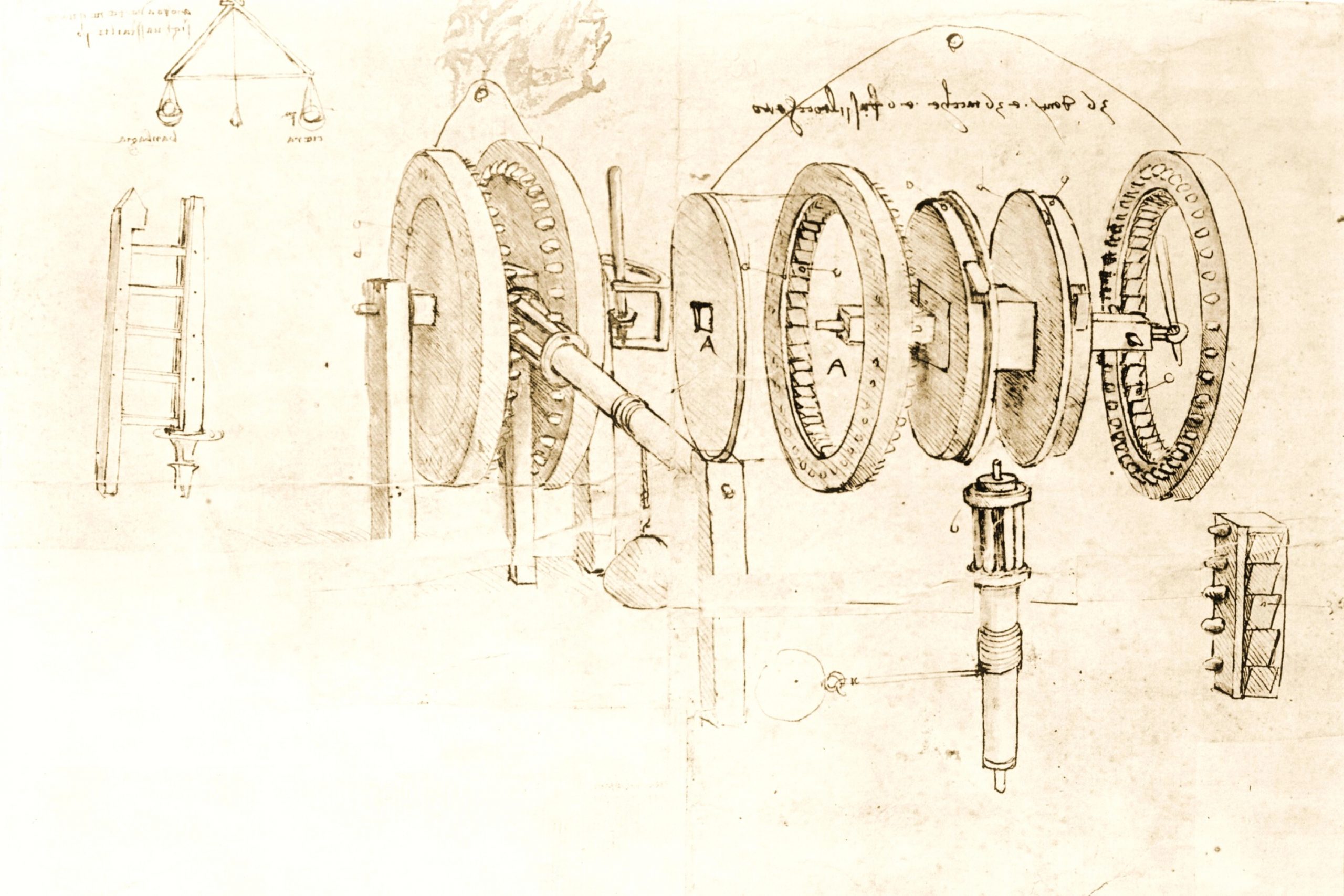
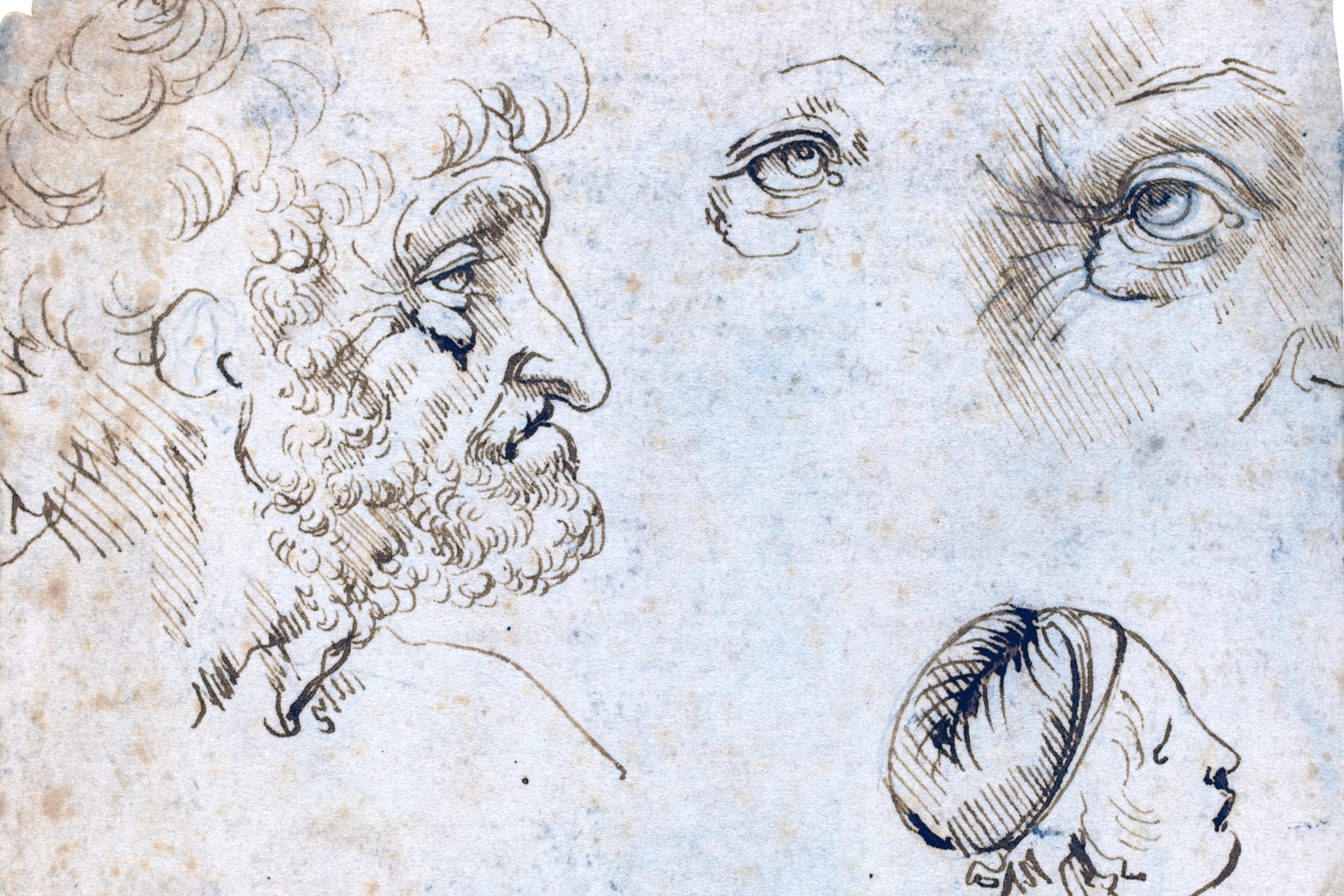
Vincent VanGogh is next on our visual journal journey. Wikipedia gives us this background on him, “30 March 1853 – 29 July 1890) was a Dutch Post-Impressionist painter who posthumously became one of the most famous and influential figures in Western art history. In a decade, he created about 2,100 artworks, including around 860 oil paintings, most of which date from the last two years of his life.
They include landscapes, still lifes, portraits and self-portraits, and are characterized by bold colors and dramatic, impulsive and expressive brushwork that contributed to the foundations of modern art. Not commercially successful, he struggled with severe depression and poverty, eventually leading to his suicide at age thirty-seven.”
His letters were described as. “Vincent’s letters are eloquent and expressive and have been described as having a “diary-like intimacy”,and read in parts like autobiography. Translator Arnold Pomerans wrote that their publication adds a “fresh dimension to the understanding of Van Gogh’s artistic achievement, an understanding granted to us by virtually no other painter”.
There are more than 600 letters from Vincent to Theo and around 40 from Theo to Vincent. There are 22 to his sister Wil, 58 to the painter Anthon van Rappard, 22 to Émile Bernard as well as individual letters to Paul Signac, Paul Gauguin, and the critic Albert Aurier.
Some are illustrated with sketches.Many are undated, but art historians have been able to place most in chronological order. Problems in transcription and dating remain, mainly with those posted from Arles. While there, Vincent wrote around 200 letters in Dutch, French, and English.
There is a gap in the record when he lived in Paris as the brothers lived together and had no need to correspond “
Let’s talk about Keith Haring and his visual journals. Again from the libraries of Wikipedia, “(May 4, 1958 – February 16, 1990) was an American artist whose pop art emerged from the New York City graffiti subculture of the 1980s.
His animated imagery has “become a widely recognized visual language”.Much of his work includes sexual allusions that turned into social activism by using the images to advocate for safe sex and AIDS awareness.
In addition to solo gallery exhibitions, he participated in renowned national and international group shows such as documenta in Kassel, the Whitney Biennial in New York, the São Paulo Biennial, and the Venice Biennale. The Whitney Museum held a retrospective of his art in 1997.” You can buy his book on Amazon or other places you like to support.
Let’s switch to a scientist’s visual journal now
From journalinghabit.com they have a great page on his journals. “Insights from Einstein’s Journaling Habit Despite having thousands of pages to read about Einstein, it was not an easy task to articulate the notable ideas from his journaling habit.
However, the experience of soaking in the wisdom and the beauty in his journals, soon made it very clear as to what was worth noting about his journaling habit that any keen journal keeper may want to emulate.
- Use Journals to do focused and deep work – “It’s not that I’m so smart; it’s just that I stay with problems longer.” – Albert Einstein
Few people realize that it took more than a decade for Einstein to be awarded the Nobel Prize for the idea that he originally explored in his journals in 1902 and even fewer realize he spent even longer developing his ideas in his writings and journals.
His one of the most notable works of general relatively spanned eight years and it is in his Zurich Notebook that captures his work and theories building up to the discovery. (Note: I tried my best to fully appreciate his work as I lack the background knowledge to understand his technical work.)
Einstein’s Zurich notebook should serve as an inspiration for any human trying to accomplish work that requires discipline and dedication – a piece of art, book, writing, or advancing human knowledge in a certain domain, we could all benefit from reading through his meticulous works from the Zurich notebook.
As a food for thought, some sources say that he – in his later years – was working on a single equation that would explain all forces of nature. Now, that is a genuine example of focused and deep work to produce anything significant in your finite lifetime.
- Combining Play with Work (and Journaling) – “Combinatory play seems to be the essential feature in productive thought,” Einstein wrote in a letter to a scholar who was studying the thought process of mathematicians.
The point above of doing deep and focused work may make you picture Einstein locked in a room head- down on his table and working away in his journals for hours if not days. However, it is quite the opposite of how Einstein approached work and his articulation of ideas.
“I fell in love with Albert because he played Mozart so beautifully on the violin” “He also plays the piano. Music helps him when he is thinking about his theories. He goes to his study, comes back, strikes a few chords on the piano, jots something down, returns to his study.”, noted his second wife Elsa.
Not only did he used to play piano and violin but also didn’t mind playing a few puzzles in the back of his work journals. When I was studying his Zurich notebook, I noticed a puzzle he doodled for fun;
I often hear from my readers (and I myself am a victim of it) of not stumbling across a notable insight about whatever that we are using the journals for – self reflection, goal setting, parenting, managing a business or recovering from mental illness. Here, we could all use a bit of patience and humbleness to take a break from trying to give birth to a baby in one month.
As I continue my “forever learning” journey on this blog, I hope to balance focused work with combinatory play so I can better let ” … new ideas come suddenly and in a rather intuitive way. But intuition is nothing but the outcome of earlier intellectual experience.” — Albert Einstein.
- Keep Different Types of Journals to Explore Diversity – “The important thing is not to stop questioning. Curiosity has its own reason for existence. One cannot help but be in awe when he contemplates the mysteries of eternity, of life, of the marvelous structure of reality. It is enough if one tries merely to comprehend a little of this mystery each day.”
Old Man’s Advice to Youth: ‘Never Lose a Holy Curiosity.’” LIFE Magazine (2 May 1955) p. 64″ by Albert Einstein
I was pleasantly surprised to learn that Einstein kept not only technical work related journals but also kept other kinds of journals that allowed him to explore a broader view of life.
For instance, in his travel journal to Japan, Palestine and Spain, he explores his desire of “a normal life” as he felt haunted by demands from his increased fame and celebrity-like status. Furthermore, he makes rather explicit (and controversial) comments about the Japanese and the Chinese.
Another example of his travel journal was when we came to the United states in which he tried to sketch … what looks like a dolphin. Regardless of his skill as a sketcher (which doesn’t seem very good), he attempted to expand his mindset in his journal when traveling and observing the world beyond his own four walls.
In addition to travel journals, the journal kept by Johanna Fantova on Einstein also records Einstein writing bad jokes and poems for amusement. For example, he wrote this to Fantova when the two were apart;
“Exhausted from a long silence. This is to show you clearly how strong. The thoughts of you will always sit Up in my brain’s little attic.”
His habit of keeping different kinds of journals has given me another reminder to follow a fine balance between structured and free flow of journaling. Furthermore, a visual journal should not be limited to only work but rather should be used to improve all areas of life to develop a deeper self-awareness and growth through life.
- Journals and Writing as an Extension of You – “Out of clutter, find simplicity.” – Albert Einstein
In later years, Einstein was quite concerned about his reputation in the scientific world, and by the time of his death the focus had moved away from his works on relativity. Furthermore, he began to critically analyse (and regret) some of the things he had influenced – including his letter to the president of united states regarding the atomic bomb.
In the midst of this dilemma or existential crisis, he turned to writing and books to ensure a “humanitarian” legacy is left behind after his death.
Above all the things I could learn from his writings and journals, this constant attempt of his to use the basic human tools of writing and communication to project himself was the most inspiring to me. Maybe it’s biased because I aim to be a better communicator and a writer myself.
However, more importantly, it is these writings and letters that have left behind a legacy of a man that we would have otherwise not known. Very few people use their popularity and fame to spread messages about peace and human progress as deliberately and explicitly as Einstein did in his later years. For anyone wanting to get a deeper glimpse of his many journals and writings, I encourage them to read his books.
What we can learn from this visual journal self journey
Lastly, for keen journal keepers, the lesson we can learn here is that the journals and entries we accumulate over the years serves as a transcript of an engaging story – with faults and setbacks – that you can revisit later in life. Bonus, maybe your loved ones can also be inspired from this habit to begin their own journey via a visual journal.
Keep a visual journal like Einstein! If someone as brilliant as Einstein used journals to constantly expand his mind and view of the world, then what excuse do we have to not do that? Unless one thinks that they are much smarter than him in articulating thoughts (which I am not).
Regardless of the overwhelming amount of work in progress Einstein made in his lifetime, his underlying habits of keeping a visual journal are relatively easy to adopt into our own lives.
We tend to get blinded by the outcome bias when studying heroes of our lifetime and conclude what they did was pure genius or lock. However, if these heroes are alive, I am confident they would share tips and habits we can all adopt in our attempt to grow through life.”
As you can see, a visual journal can be a source of inspiration, organization and art. Try your hand at one today!
